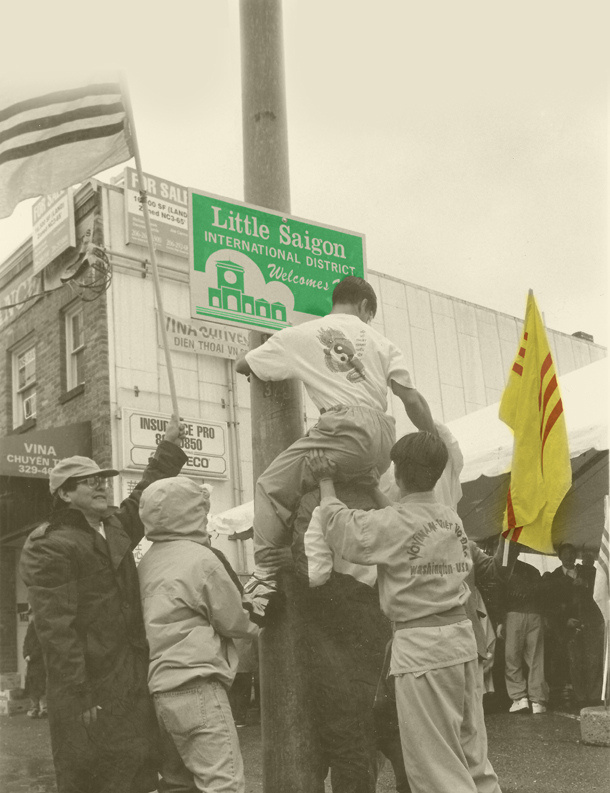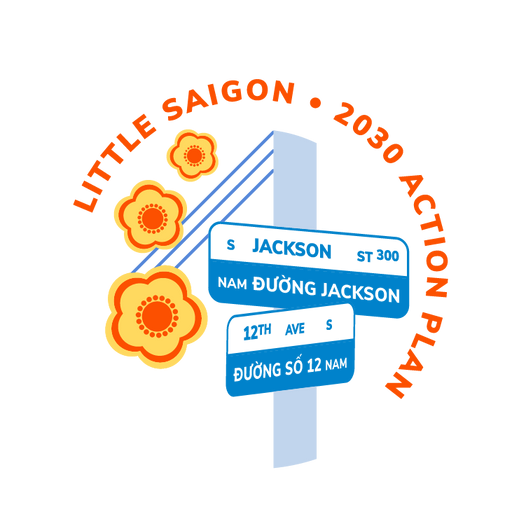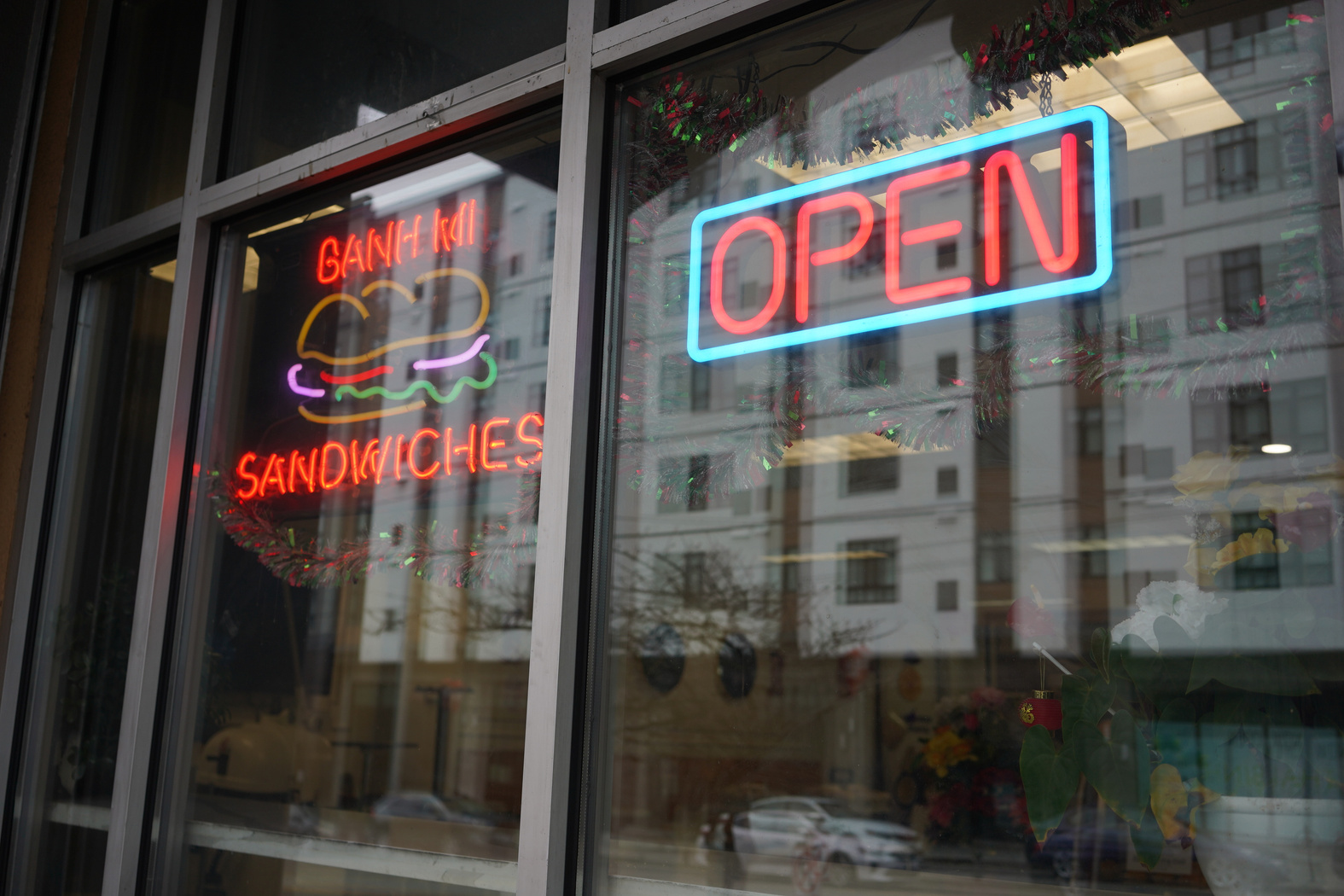About the
Action Plan
Completed in August 2022, the Little Saigon 2030 Action Plan was developed by Little Saigon community members in collaboration with Friends of Little Sài Gòn and a Leadership Committee over the course of one year. The Plan sets forth a shared Vision, supporting Goals, and Actions for the neighborhood over the next decade, providing a road map to guide the community, as well as public and private partners, as they work together to achieve the Vision.
Little Saigon 2030 Action Plan
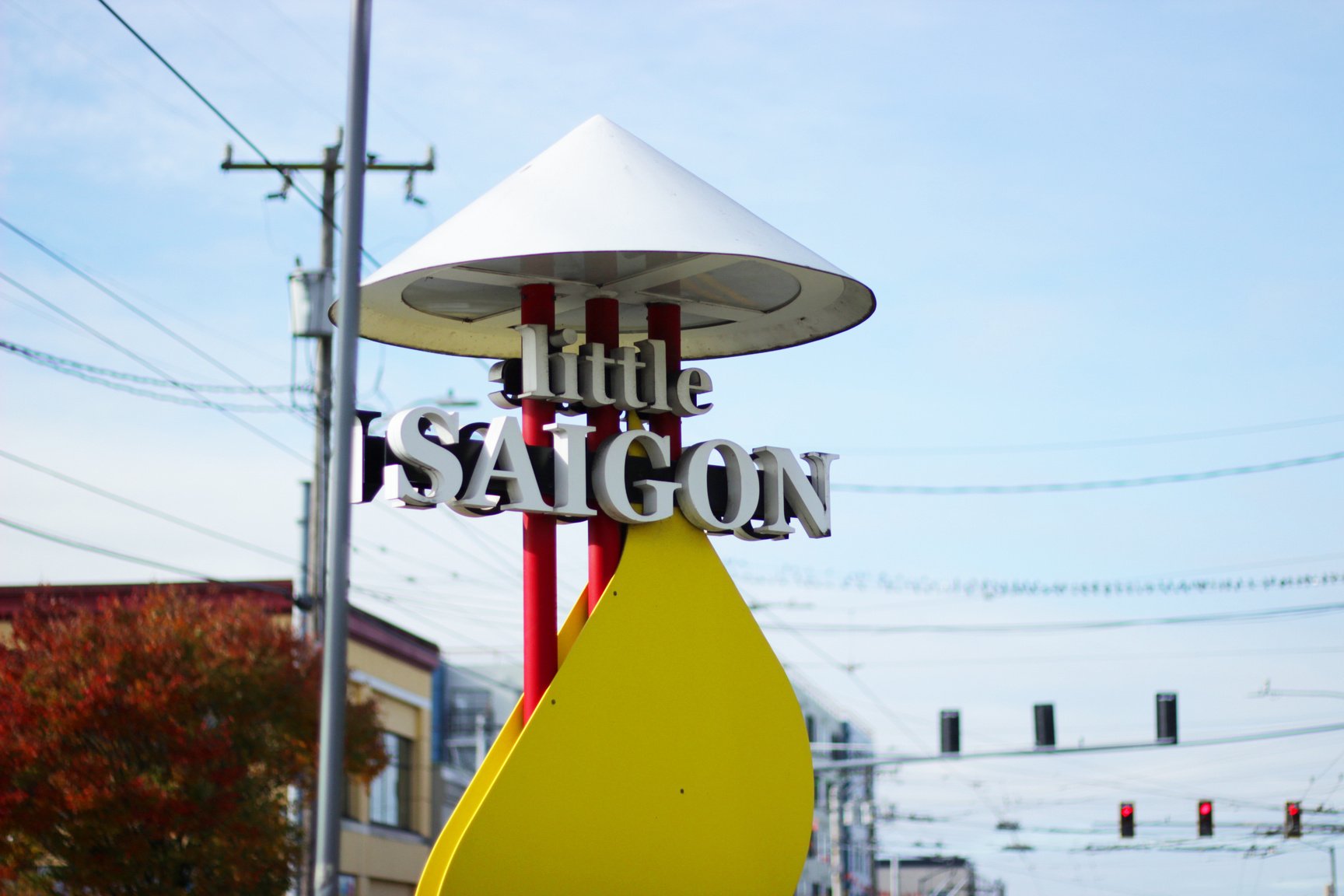
Vision Framework
The neighborhood Vision grew from ideas raised during the public engagement activities for the project. The Vision describes the future that the community aspires to realize.
Neighborhood Vision Statement
“Little Saigon is home to a diverse community, a thriving hub for Vietnamese and Southeast Asian small businesses, and a resilient reflection of the neighborhood’s rich history and culture. It is a complete neighborhood with easy access to culture, shopping, services, housing, work, leisure, food, health, and education.”
Leadership Committee
Cassie Chinn
Wing Luke Museum of the Asian Pacific American Experience
Connie Au-Yeung & Monisha Singh
Chinatown-International District Business Improvement Area (CIDBIA)
Dr. Tam Dinh
Friends of Little Sài Gòn board
Tam Nguyen
Tamarind Tree Restaurant & Friends of Little Sài Gòn board
Derek Lum
InterIm Community Development Association
Jamie Lee
Seattle Chinatown ID Preservation & Development Authority (SCIDpda)
Leeching Tran
Viet-Wah Supermarket & Friends of Little Sài Gòn board
Michael Yaguchi
Nisei Veterans Committee
Quynh Pham
Friends of Little Sài Gòn
Sue Mar
Mar Properties
Esther Lucero & Wayne Harvey
Seattle Indian Health Board
Josh Brevoort
zeroplus architecture & Friends of Little Sài Gòn board
Minh Duc Nguyen
Helping Link
Yenvy Pham
Pho Bac restaurants & Hello Em Cafe
Thanh Nguyen
Community member
Andrew Tran & Lauren Flemister
Seattle Office of Planning and Community Development (OPCD)
Heidi Hall
Seattle Office of Economic Development (OED)
Song 2 Sea
Engagement Approach
The Little Saigon 2030 Action Plan lays out Goals, Actions, and Design Guidance that will help achieve our Vision. Goals are long-term outcomes the community hopes to achieve by implementing the Action Plan. They are aspirational, expressing the community’s collective desires and values.
Little Saigon 2030 Action Plan
Click to each of the Plan's six Goals to learn more.
Early Actions
Early Actions listed below have been identified by the Leadership Committee as steps that can be taken immediately due to opportunities like available funding or existing relationships. While these Actions advance the Goals outlined in the Action Plan, they are not High Priority Actions.
- Develop a guide to neighborhood businesses for new residents and work with apartment managers to distribute it.
- Extend the boundary of the Chinatown-International District Business Improvement Area (CID BIA) to include Little Saigon, and educate Little Saigon neighborhood businesses about opportunities associated with being part of the CID BIA.

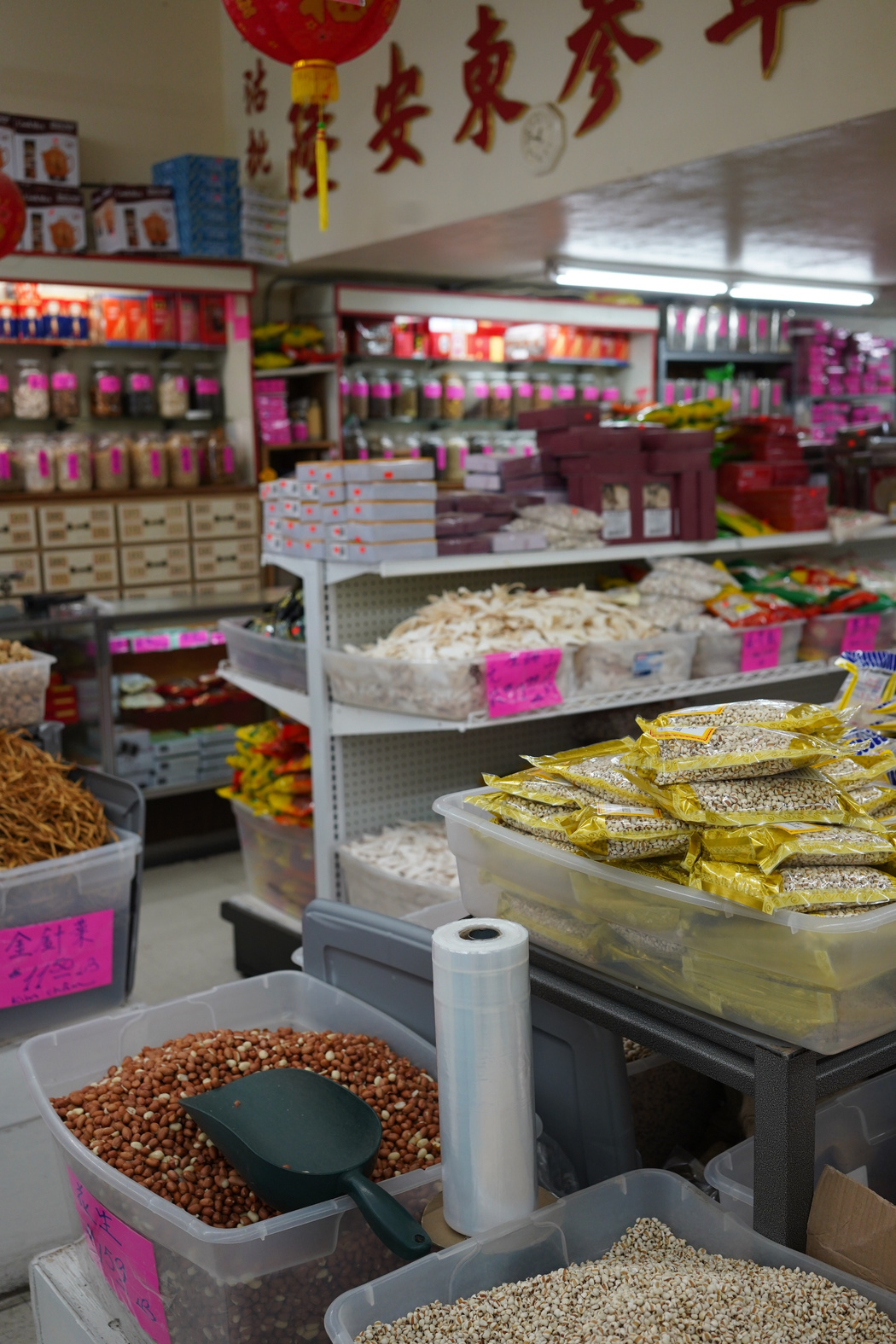
- Encourage temporary or "pop-up" storefronts in existing buildings to test business models and make the neighborhood feel more active; ask the City to explore flexible, fast approaches to permitting for these temporary uses.
- Partner with Friends of Little Sài Gòn on an affirmative marketing strategy to attract businesses that preserve Little Saigon's cultural identity.
- Have Little Saigon representation at-large on CID BIA board.
- Work with private companies that aggregate on/off street parking information, for example Parkme or Parkopedia, to update information about public, private, paid, and unpaid parking in the neighborhood.
- Prioritize street trees in the landscape strip adjacent to the curb on all street frontages in the Little Saigon neighborhood.
High Priority Actions
Actions describe what must be done to achieve the above Goals. A total of sixteen Actions, listed below, have been identified by the Leadership Committee as the highest priorities to meet the Goals of the Action Plan. Many High Priority Actions address multiple Goals.
Diverse Small Businesses
Diverse small businesses and entrepreneurs reflect the community’s identity and meet their needs.

High Priority Actions include:
- Improve the environment at major intersections along S Jackson St for pedestrians and bicyclists and others who aren't driving cars.
- Partner with the Little Saigon community to address gaps in the current business mix, maintain diversity of businesses, and promote Little Saigon’s cultural identity.
- Fast track permitting for small business projects that have minimal impacts or changes in use, such as tenant improvement projects below a certain cost threshold.
- Provide targeted technical assistance for Little Saigon businesses to improve marketing, set up point of sale systems, create user-friendly websites with online ordering functionality, succession planning and lease education.
- Incentivize development of small commercial spaces that are roughly 1,000-1,500 square feet or under 450 square feet.
- Increase access to existing alleys and add new alleys where possible.
- Provide specialized technical assistance for early-stage entrepreneurs in Little Saigon.
- Encourage landlords to provide tenant improvement services, buildout services to prospective retailers, and community services that preserve and promote Little Saigon’s cultural identity.
- Resource community organizations such as non-profits, community-based organizations, and faith-based groups to buy existing buildings at key locations and lease and operate them in a way that’s sensitive to community needs.
- Incentivize developers to include space for and support existing businesses and nonprofits in new buildings.
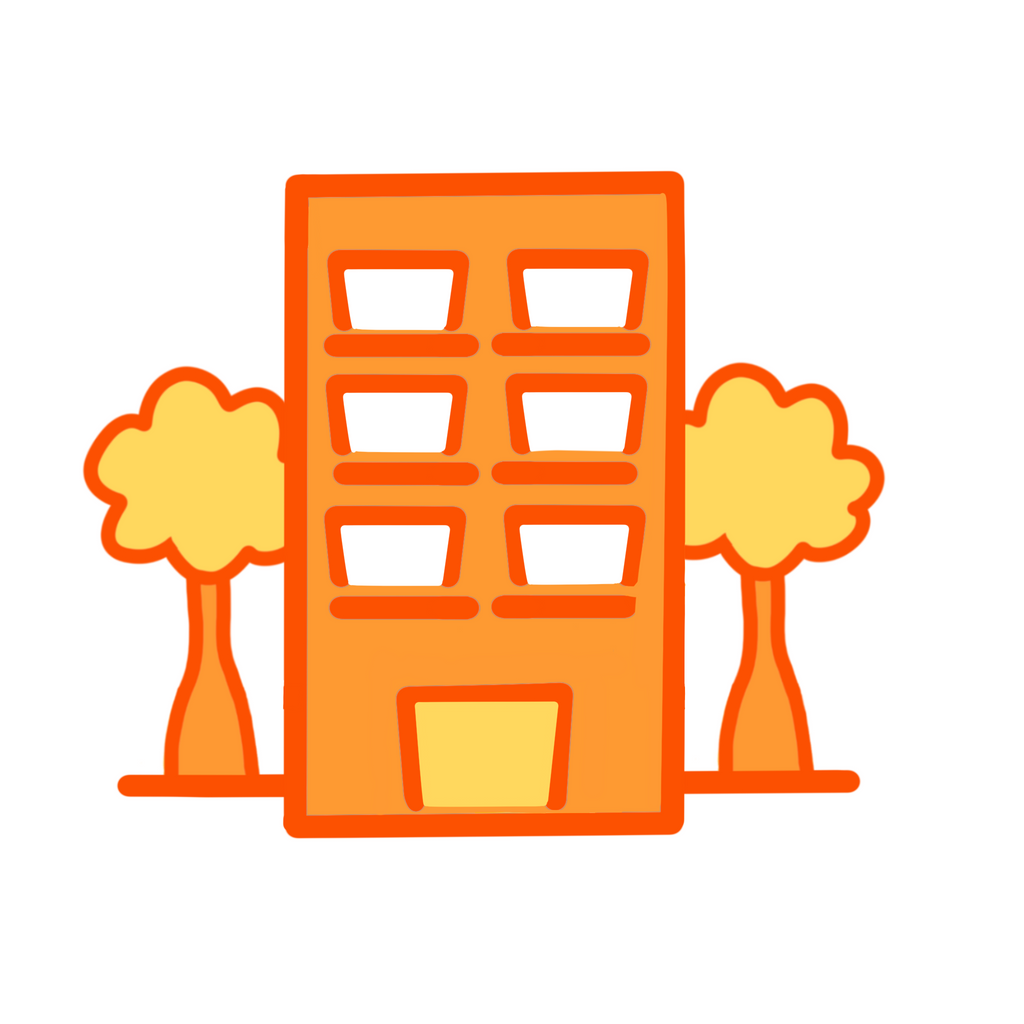
Housing Affordability
Housing options are affordable to seniors, families, the workforce, and those in need of supportive housing.
High Priority Actions include:
- Identify opportunities to develop or redevelop publicly owned property that is vacant or under-used.
- Encourage developers to develop innovative housing models, such as cohousing, that support multi-generational families.
- Resource community organizations such as non-profits, community-based organizations, and faith-based groups to buy existing buildings at key locations and lease and operate them in a way that’s sensitive to community needs.

Reduced Crime
Crime such as assault, robbery, and burglary–as well as lesser crime like vandalism and theft–is reduced, promoting a sense of safety and wellbeing.
High Priority Actions include:
- Identify opportunities to develop or redevelop publicly owned property that is vacant or under-used.
- Improve lighting for pedestrians including under the I-5 overpass and in the alleys.
- Increase access to existing alleys and add new alleys where possible.
- Encourage landlords to provide tenant improvement services, buildout services to prospective retailers, and community services that preserve and promote Little Saigon’s cultural identity.

Cleanliness
Streets, sidewalks, and public spaces are clean.
High Priority Actions include:
- Improve lighting for pedestrians including under the I-5 overpass and in the alleys.

Infrastructure & Amenities
Physical infrastructure–including walkable streets, green spaces, and neighborhood services–support public health.
High Priority Actions include:
- Create a designated inter-departmental staff group within the City to implement the Little Saigon 2030 Action Plan and as point of contact for the Little Saigon community.
- Identify opportunities to develop or redevelop publicly owned property that is vacant or under-used.
- Improve lighting for pedestrians including under the I-5 overpass and in the alleys.
- Improve the environment at major intersections along S Jackson St for pedestrians and cyclists and others who aren’t driving cars.
- Update Seattle’s Comprehensive Plan to ensure that it includes recommendations from the Little Saigon Action Plan and requires Little Saigon to be adequately served with green and open spaces, and other essential baseline services.
- Increase access to existing alleys and add new alleys where possible.
- Resource community organizations such as non-profits, community-based organizations, and faith-based groups to buy existing buildings at key locations and lease and operate them in a way that’s sensitive to community needs.
- Incentivize developers to include space for and support existing businesses and nonprofits in new buildings.
- Improve walkable connections within and to the neighborhood.
Collaboration
There is strong communication, collaboration, and shared advocacy across the community.

High Priority Actions include:
- Create a designated inter-departmental staff group within the City to implement the Little Saigon 2030 Action Plan and as point of contact for the Little Saigon community.
- Update Seattle’s Comprehensive Plan to ensure that it includes recommendations from the Little Saigon Action Plan and requires Little Saigon to be adequately served with green and open spaces, and other essential baseline services.
- Partner with the Little Saigon community to recruit businesses that address gaps in the current business mix, maintain diversity of businesses, and promote Little Saigon’s cultural identity.
- Fast track permitting for small business projects that have minimal impacts or changes in use, such as tenant improvement projects below a certain cost threshold.
- Provide targeted technical assistance for Little Saigon businesses to improve marketing, set up point of sale systems, create user-friendly websites with online ordering functionality, succession planning and lease education.
- Incentivize development of small commercial spaces that are roughly 1,000-1,500 square feet or under 450 square feet.
- Increase access to existing alleys and add new alleys where possible.
- Provide specialized technical assistance for early-stage entrepreneurs in Little Saigon.
- Encourage landlords to provide tenant improvement services, buildout services to prospective retailers, and community services that preserve and promote Little Saigon’s cultural identity.
- Resource community organizations such as non-profits, community-based organizations, and faith-based groups to buy existing buildings at key locations and lease and operate them in a way that’s sensitive to community needs.
- Incentivize developers to include space for and support existing businesses and nonprofits in new buildings.
- Improve walkable connections within and to the neighborhood.
